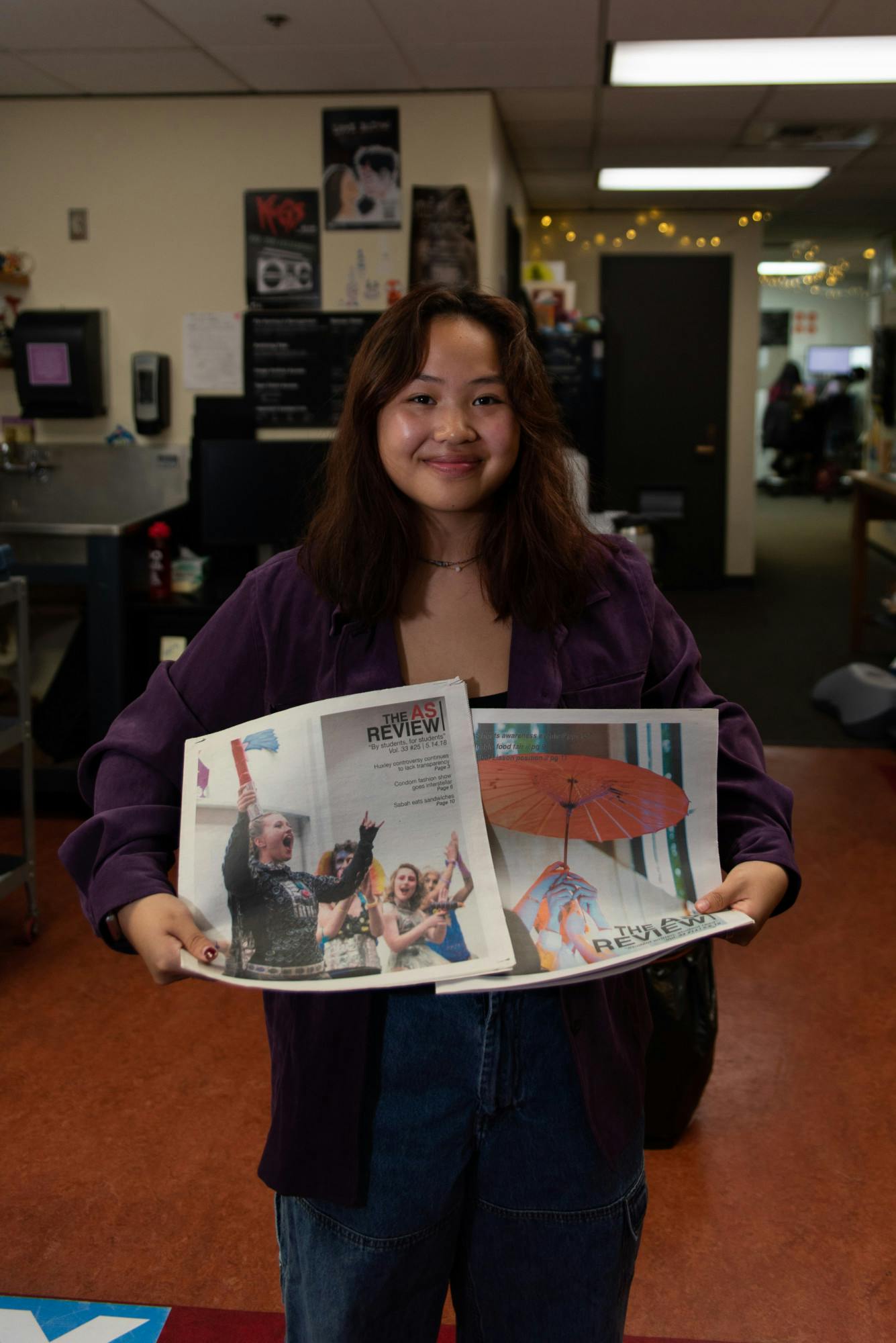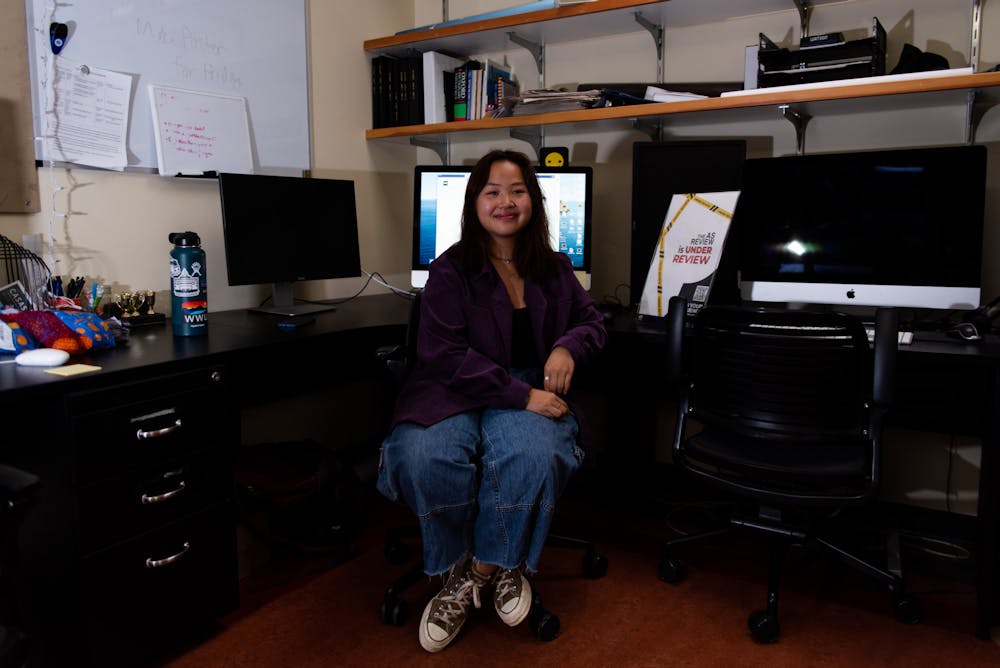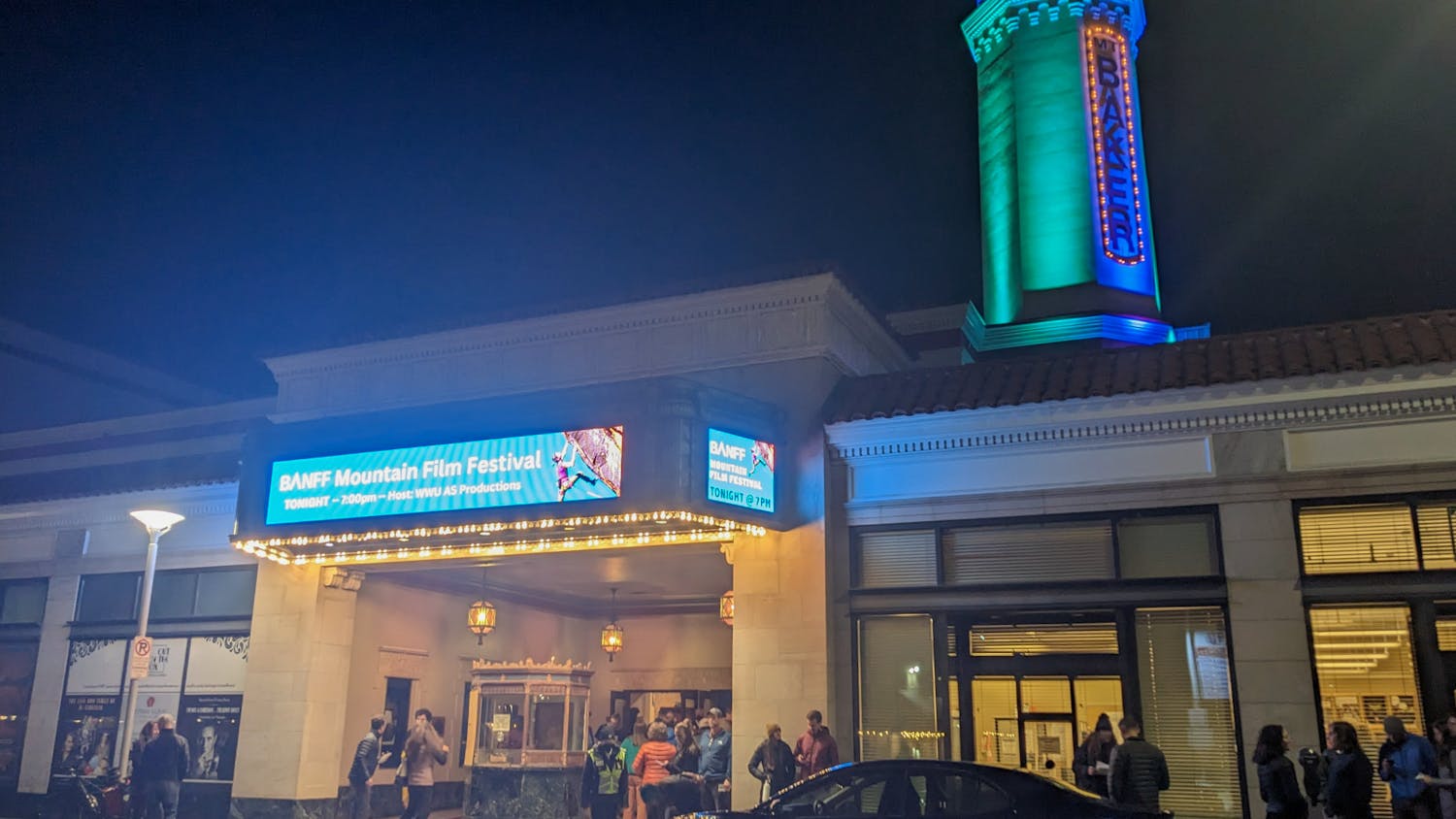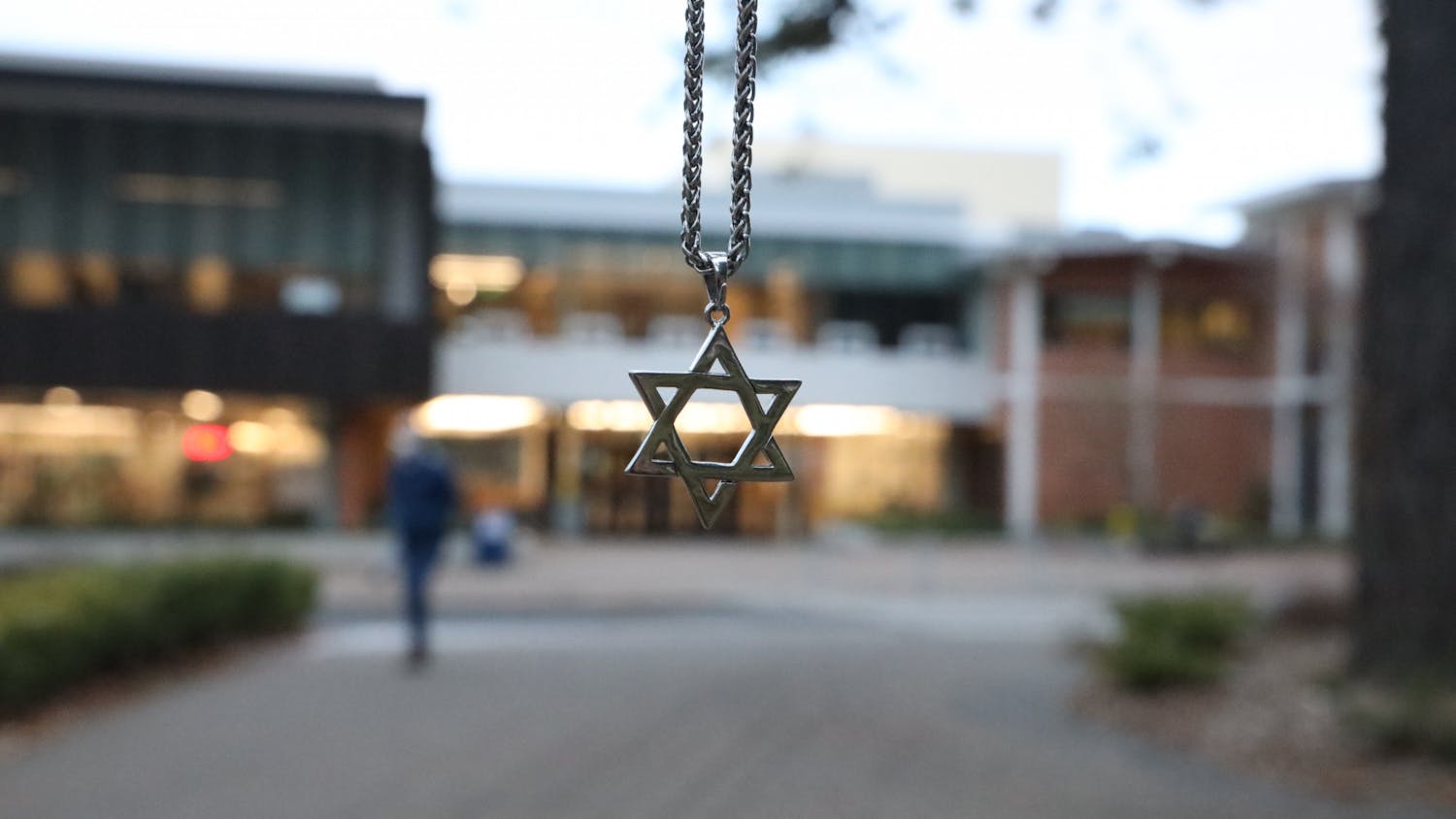Western Washington University’s alternative student publication got a new name to kick off the new school year. Wavelength, formerly known as the AS Review, offers a fresh take on campus happenings from the Associated Students.
While the publication’s URL still bears its former name, one visit to the website shows its evolution to a more energetic, modern media outlet topped off with a new blue-and-white wordmark logo.
Despite this new breath of life, Wavelength won’t be completely cleaning house. All but one member of its editorial team is returning staff. Its podcast “Tripping on Bricks” will return with a new season soon and last spring’s “Style Spotlight” is set to become a quarterly series.
The Style Spotlight is a prime example of the multimedia format the publication tries to leverage as an online-only publication, said Abbey Raynes, Western third-year and the current Editor-in-Chief at Wavelength.
“What we wanted to do is just have something where there is different kinds of outlets that people can go to whether or not they want to read articles, watch a video or look at photos,” she said.

Wavelength Editor-in-Chief Abbey Raynes holds two old issues of the AS Review in the Wavelength office on Oct. 4, 2022. // Photo by Finn Wendt
The diverse educational background of Wavelength editors makes it unlike other campus publications. Many staff members do not study journalism. Raynes, for example, is a history major.
Ever since the AS Review went out of print and moved completely online in 2018, a fresh look had been something that often got brought up within the office, Raynes said.
After working through the COVID-19 pandemic, a mix of things feeling “relatively normal” and a large incoming first-year class that has never read the AS Review made the time right to execute the rebrand, Raynes said.
Micah Hays is a second-year student at Western who said the emergence of Wavelength drew their attention. While Hays wasn’t a reader of the AS Review, they see the change as positive.
“[Wavelength] feels more fun and grabs my attention more,” Hays said.
Consumer reception is a vital part of any rebrand.
Professor Tejvir Sekhon, a Western marketing instructor who researches the meanings that consumers assign to brands, said rebranding an organization is a difficult task.
“Building a brand from scratch is much easier than rebranding because … you can do anything with that blank slate,” he said. “When you’re rebranding, there are already preexisting associations, there are already preexisting memories [that consumers have of the brand].”
Sekhon said consumers don’t like rebrands unless there is a solid reason behind them. Some of those reasons include consumer behavior evolving, the culture related to the brand evolving and organizations changing something about themselves.

Wavelength is trying to tap into all three with a fresh wave of readership, a shift in news consumption toward a digital landscape and a bolstering of the publication’s multimedia avenues.
As of now, Wavelength is set to publish full-length pieces on its website on Tuesdays and Thursdays with other bits of content shared across its social media throughout the week.
Wavelength’s website, along with links to all of its social media, can be found here.
Finn Wendt (he/him) is a sports and recreation reporter at The Front. He is pursuing a degree in visual journalism with a minor in sociology. Outside of journalism, he enjoys photography, eating and hiking. You can reach him at finn.thefront@gmail.com or finnwendt.com.






